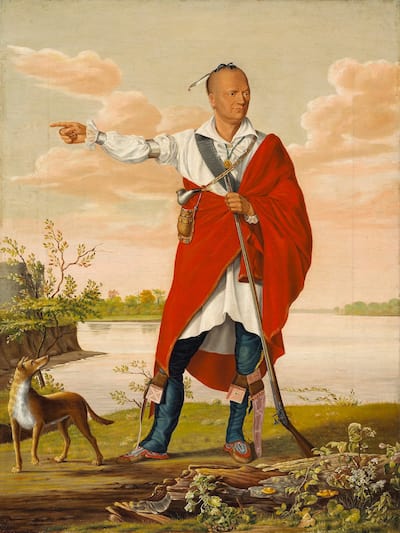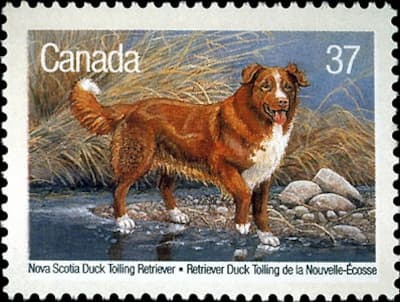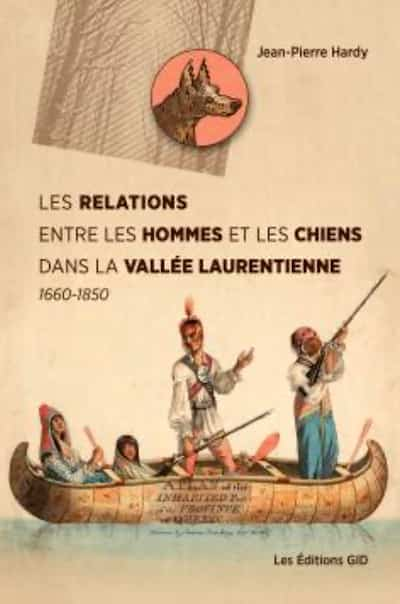Elimination of rabies-carrying dogs in 1919.e centuries is one of the historical facts revealed by Jean-Pierre Hardy in his book about the relationship between people and their dogs in the St. Lawrence Valley between 1660 and 1850.
“Hunters were paid to shoot stray dogs suspected of carrying rabies. Not a single history book today mentions this completely forgotten episode,” says Magazine historian Jean-Pierre Hardy, who worked for a long time at the Canadian Museum of History in Gatineau.
A real disaster that immediately followed the cholera epidemic of 1830, canine rabies claimed numerous victims in Lower Canada, including the Governor General of the British Colonies in North America, Charles Lennox, in 1819.
This is the first documented case of fatal rabies in America. This tragedy left its mark due to the prestige of the character, but newspapers of the time reported several cases of children dying from bites.

Portrait of the Mohawk war chief Tyendanegea, an ally of the British in the fight against the French. Born in Ohio and raised in the Mohawk Valley in what is now New York. The French called him Joseph Grant. Source: National Gallery of Canada. Portrait of Tyendanegea (Joseph Brant), painted around 1817. Wikimedia Commons.
Wikimedia Commons
Long story
Dogs hurting people have been in the news since the early days of colonization. From the 18the For centuries, owners of dangerous dogs have been asked to keep them locked up, muzzled or even destroyed.
But when anger arises, citizens want to tighten the measure. The magistrates' directive to destroy “all rabid dogs” faces a serious problem: the inability to accurately determine which ones are carriers of the deadly pathogen. Before 1840, French-Canadian doctors were still rare, and medicine was still sluggish when it came to zoonoses and infectious diseases.
9000 years of cohabitation
This dark episode in the history of the dog in French America is only a small part of the great history of domestication that began long before colonization, as Mr. Hardy recalls in his work.
Artifacts have been found indicating the presence of dogs among the first peoples of the Americas, dating back to the 9th millennium. But the native dog was an animal closer to the wolf, which howled rather than barked; it was smaller and had thicker fur than its European relative that arrived with the first settlers.
“Man's best friend” will become a pet only at the end of the 18th.e century and still in certain aristocratic circles. In America, this powerful beast was used for hunting and even in war. And its fur was traded like beaver skin…
The dog was also a very popular animal for transport. “This is true until the 20th.e century My mother, who grew up in Moricy, walked to school with a dog and walked several kilometers!” – notes the historian.
Jean-Pierre Hardy, Relationships between people and their dogs in the Laurentian Valley between 1660 and 1850.Les Éditions GID, $32.95.










